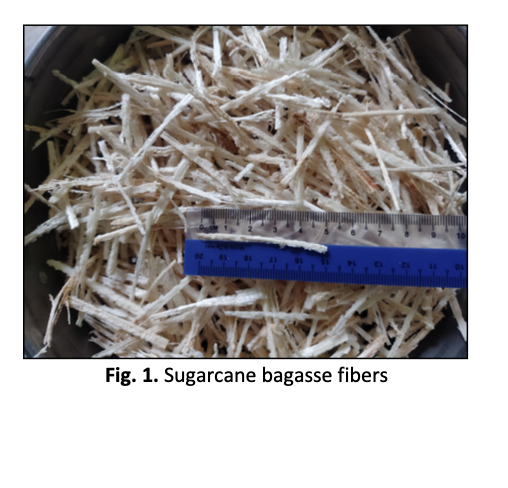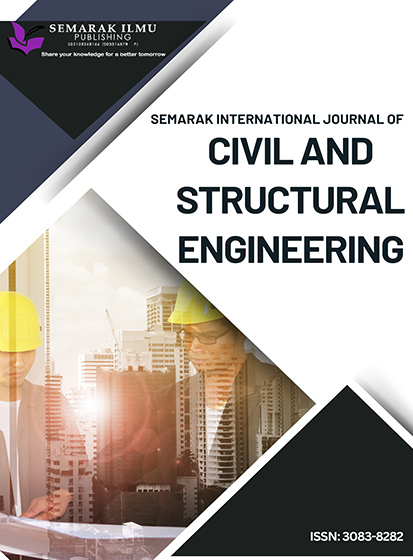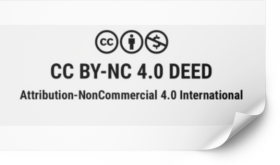Effects of Natural Fiber Reinforcement on Shear Strength and Compaction Properties of Sandy Soil
Keywords:
Natural fiber reinforcement, sandy soil, shear strength, soil compaction, sustainable materialsAbstract
Sandy soil is widely found in various construction sites, including in Sabah. However, its engineering performance is often inadequate due to low cohesion, high permeability, and limited load-bearing capacity. These properties make it unstable and unsuitable for supporting structural loads without improvement. Conventional soil stabilization techniques often rely on chemical additives or synthetic materials, which are costly and may have negative environmental impacts. This study explores the use of natural fiber reinforcement, specifically sugarcane bagasse and corn husk fibers, as a sustainable and cost-effective alternative to improve the compaction and shear strength of sandy soil. Sandy soil samples collected from Kinarut, Sabah, were reinforced with 1%, 2%, and 3% sugarcane bagasse and corn husk fibers by dry weight. Standard Proctor compaction tests were conducted to determine maximum dry density (MDD) and optimum water content (OWC), while direct shear tests were performed to evaluate cohesion and angle of internal friction. The results indicated that natural fibers significantly influenced soil properties depending on type and content. Corn husk fiber at 2% achieved the highest MDD (2009 kg/m³) and maximum friction angle (62.4°), while sugarcane bagasse fiber at 3% yielded the highest cohesion (1.72 kPa). These findings confirm that natural fibers can enhance the engineering properties of sandy soil, highlighting their potential as eco-friendly alternatives to conventional stabilizers for sustainable geotechnical applications.









